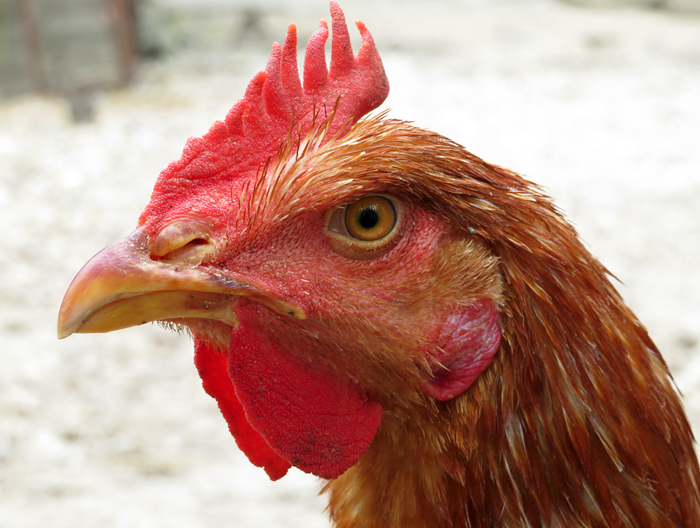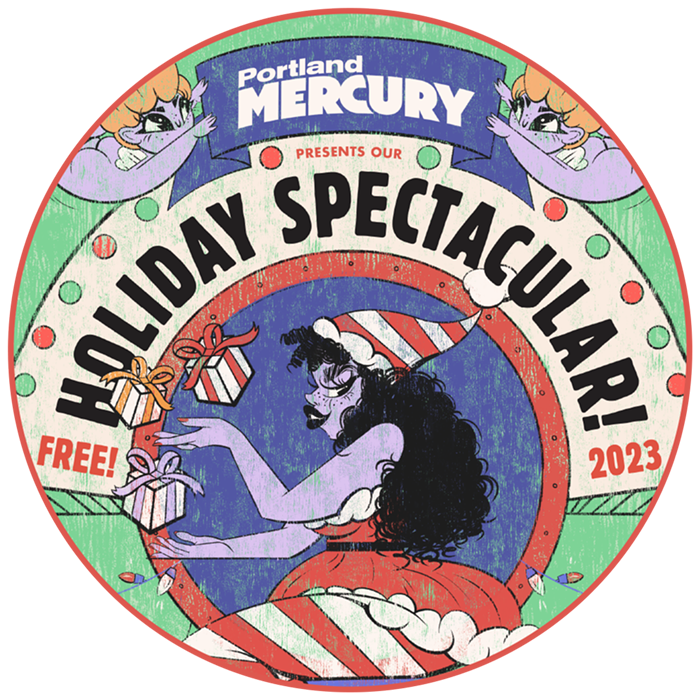It's been somewhat difficult to keep track of all the ways Portland's been made fun of in the national media over the past couple weeks between our urine-phobic water management and twee adverts for failed insurance web sites, so don't feel too bad if you missed the NYT's shot aimed at the Portland-based Kinfolk magazine:
The publication has gained a foothold with the international design-foodie elite for its elegant white pages showing little more than beautiful, dreamy young (mostly white) people, wearing loose braids, knit caps, calico skirts and plenty of comfy flannel and doing earthy things like communing over groaning boards of roasted garden vegetables, diving into swimming holes and lazily traversing the world’s byways on vintage bikes with picnic baskets affixed to them.
Heh. Someone was just telling me a few days ago that they and their partner have an inside joke whenever they spot especially perfect, preciously presented Portlanders on the street, quietly asking each other, "Oh, are those the Kinfolk people?" This piece solidifies it: Kinfolk is officially a cultural touchstone. And while the Times article is most interested in poking at its aesthetic as a super-white, Depression-fetish publication, wherein "nobody is shoveling a smelly Chipotle lunch into his or her mouth while toiling in an ugly beige cubicle, nobody owns any appliances or vehicles built after 1970, and certainly nobody is wasting time playing video games on an Android while lounging around in technical-fabric gym-wear," there's also a footnote about Ouur, the publication's expansion into home goods and apparel, which the company officially announced yesterday.
Currently it's only available in Japan, with North American access coming later this year. The clothing emphasizes natural fabrics like linen, cotton and wool and neutral palette, which is certainly consistent with their aesthetic:

- Tec Petaja
Important questions remain, like where the products are made (the press release mentions US denim manufacturers and fabric sources from Western Europe and Lithuania as well as a variety of Japanese sources), where you'll be able to find them, and what the price point will look like, but the designs seem representative of the stated aim to be "easily interchangeable, comfortable and functional."












